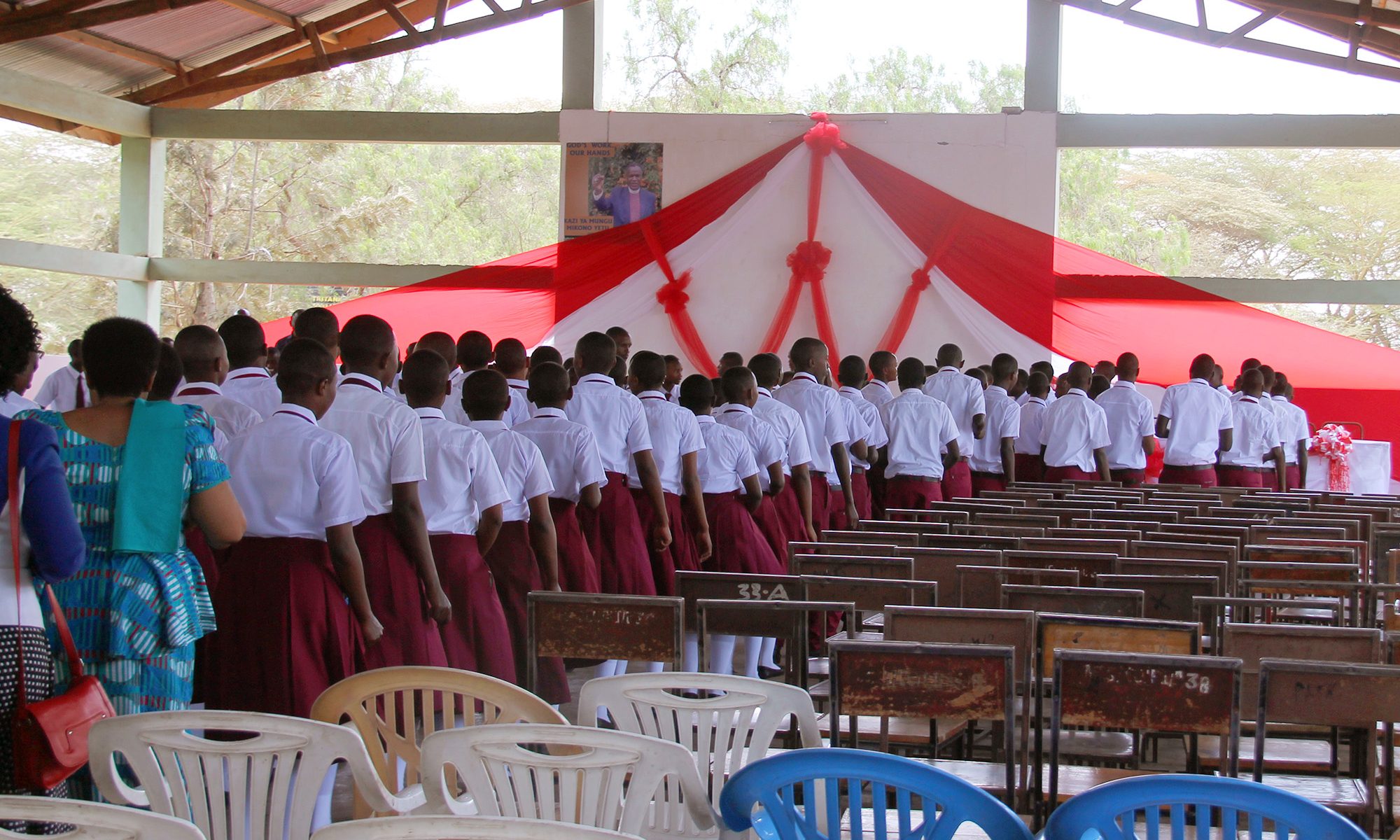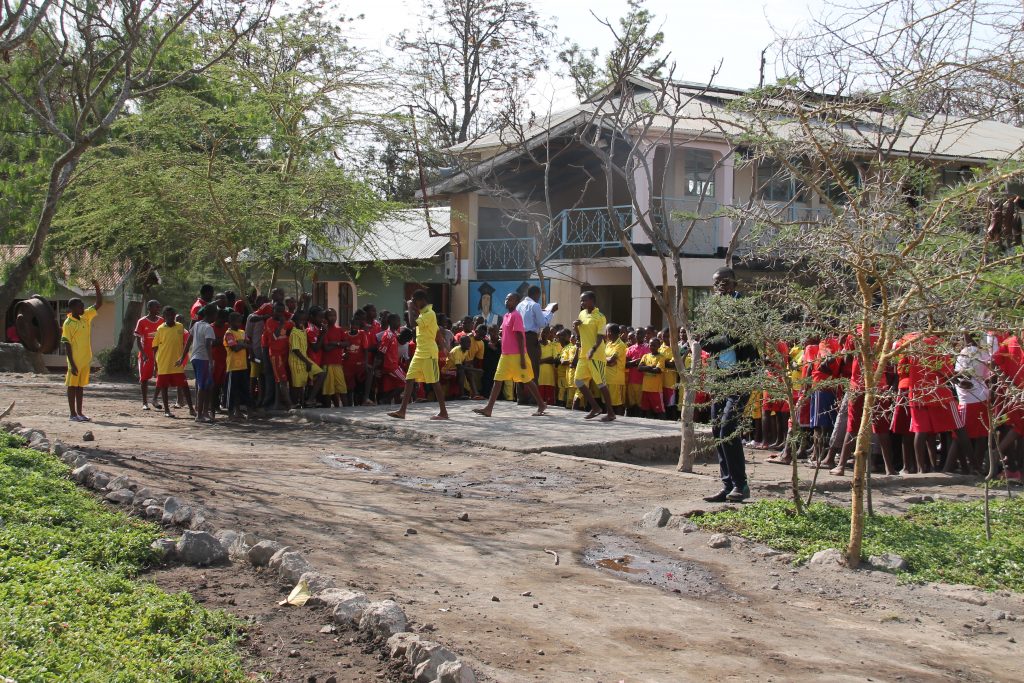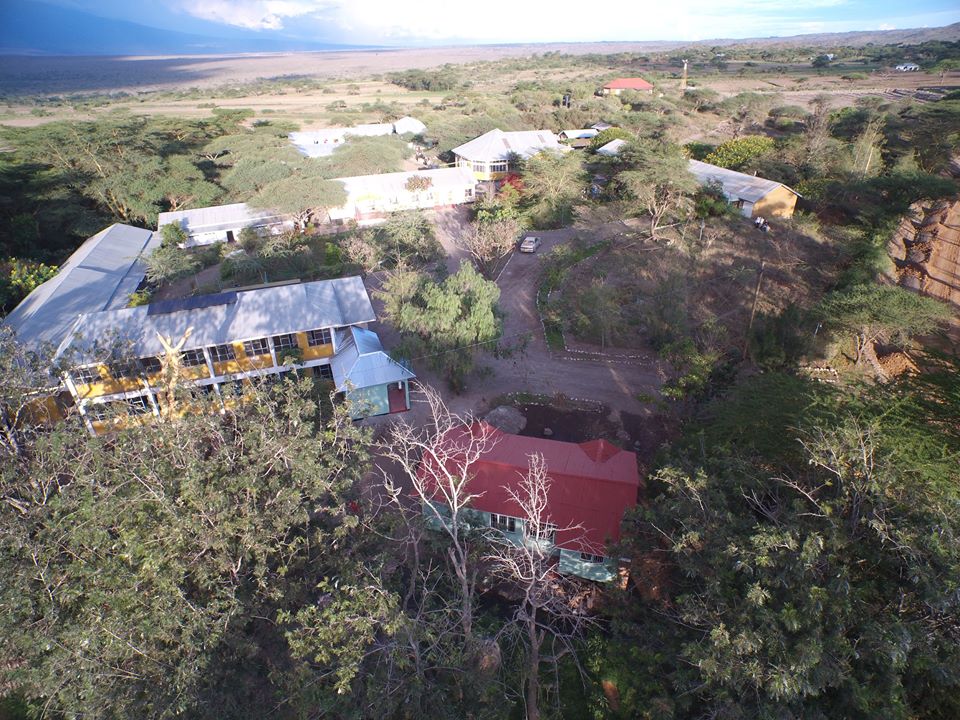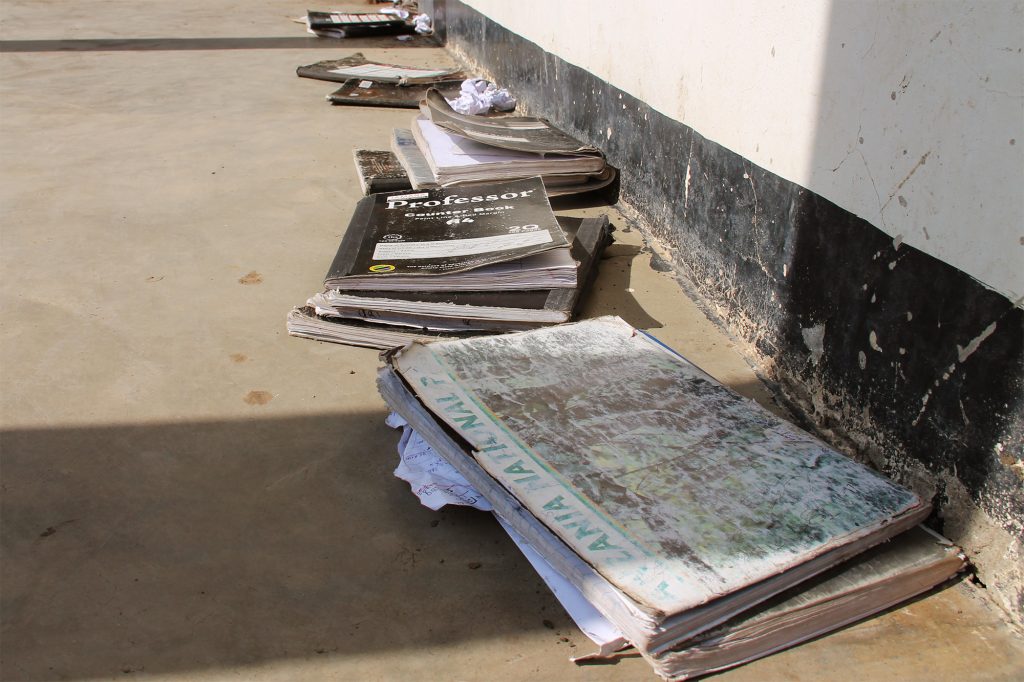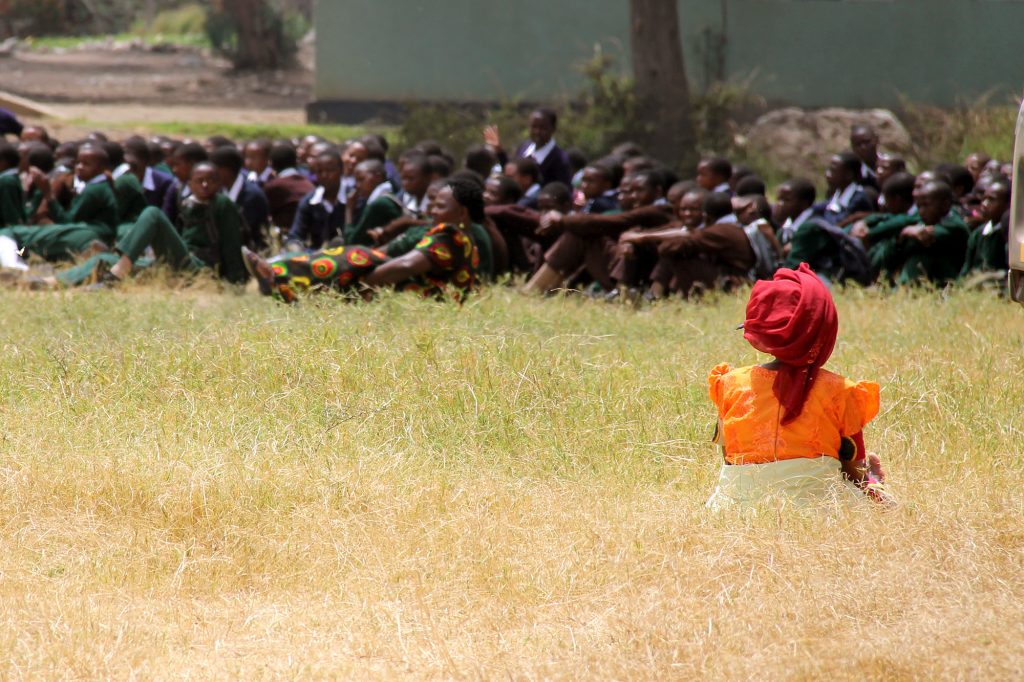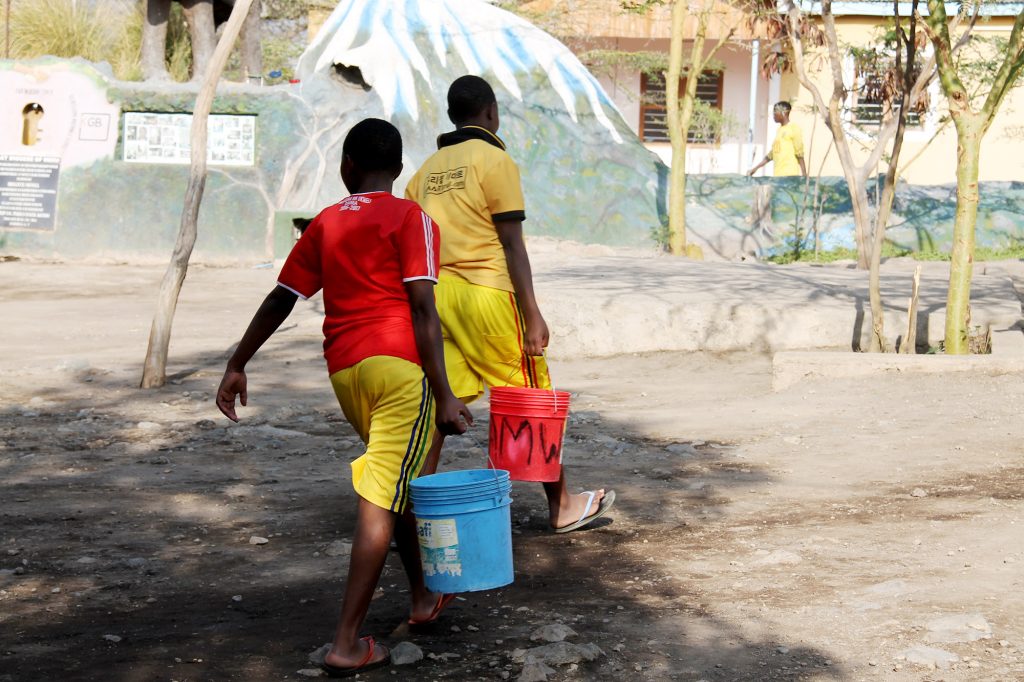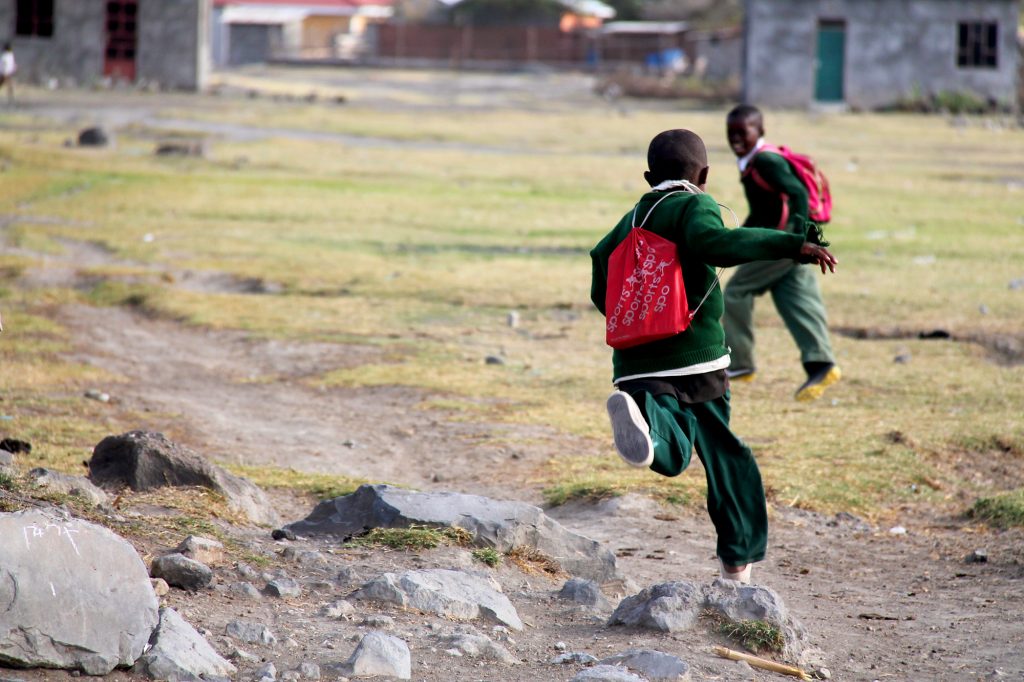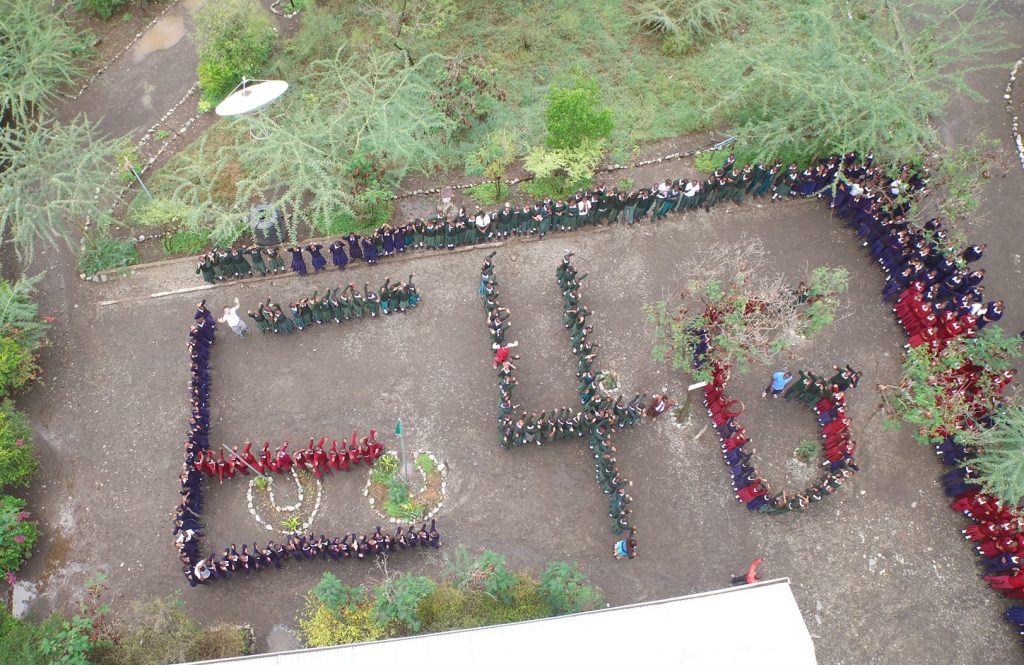Ngarenanyuki school is sited in Tanzania, Arusha region, a quite rural area. In 2003, from wood and soil dilapidated buildings, a restructuring process started and today (2016) the school hosts about 500 students.
The electric grid was not available in the area and consequently in 2013 a first rough electric infrastructure was deployed. The power source of the school was a run-off-river Micro hydropower plant (MHP) based on a 3.2 kW Banki turbine coupled with 1-phase brushless synchronous generator (230 V, 50 Hz). The water flow to the turbine is diverted from a stream, which is managed by local farmers. Therefore, water availability resulted highly variable during the day and according to the season: this used to cause many blackouts.
The frequency regulation was based on a 4 kW dump load, which dissipates the excess power in air; similarly, voltage regulation was based on a very simple self-exciter in the synchronous machine.
Just for emergency, a 5 kW petrol generator was available; both generators are designed in order to operate in a grid forming modality only, i.e., it is not possible to operate them in parallel. The power supply was managed in the school control room by means of a toggle switch to select the power source, while a group of breakers used to permit specific loads to be connected/disconnected manually. Such a configuration resulted very simplified and not efficient, i.e., a lot of energy was dissipated in the dump load.
In 2015, thanks to the research project Energy4Growing (E4G), promoted and funded by Politecnico di Milano, in collaboration with EKOENERGY, a new microgrid architecture has been designed and deployed in Ngarenanyuki. An advanced interface converter and a control switchboard have been designed in a hybrid micro-grid architecture including: 3.2 kW micro-hydro system, 5 kW diesel genset, 3 kW PV-inverter and 70 kWh battery bank (30X202 Ah/12V lead-acid batteries).
Moreover, an advanced monitoring architecture coupled with a satellite data connection has been activated, i.e., data about the micro-grid system functioning are regularly collected. Such data are crucial for both scientific research and to monitor the behavior of the system. For instance, actual micro-grid variables (voltage, current, frequency, etc.) are sampled per second and managed via a PLC data-logger. They are then processed by the E4G group and shared, in order to promote scientific studies based on “real life” data.
A detailed description of the microgrid is provided at this Facebook page
Data gathered in 2016 are publicly available for research purpose: Download
References
A. Berizzi, M. Delfanti, D. Falabretti, S. Mandelli and M. Merlo, “Electrification Processes in Developing Countries: Grid Expansion, Microgrids, and Regulatory Framework,” in Proceedings of the IEEE, vol. 107, no. 9, pp. 1981-1994, Sept. 2019, doi: 10.1109/JPROC.2019.2934866
S. Mandelli, C. Brivio, M. Leonardi, E. Colombo, M. Molinas, E. Park, M. Merlo, “The role of electrical energy storage in sub-Saharan Africa”, Journal of Energy Storage, Volume 8, 1 November 2016, Pages 287-299 https://doi.org/10.1016/j.est.2015.11.006


